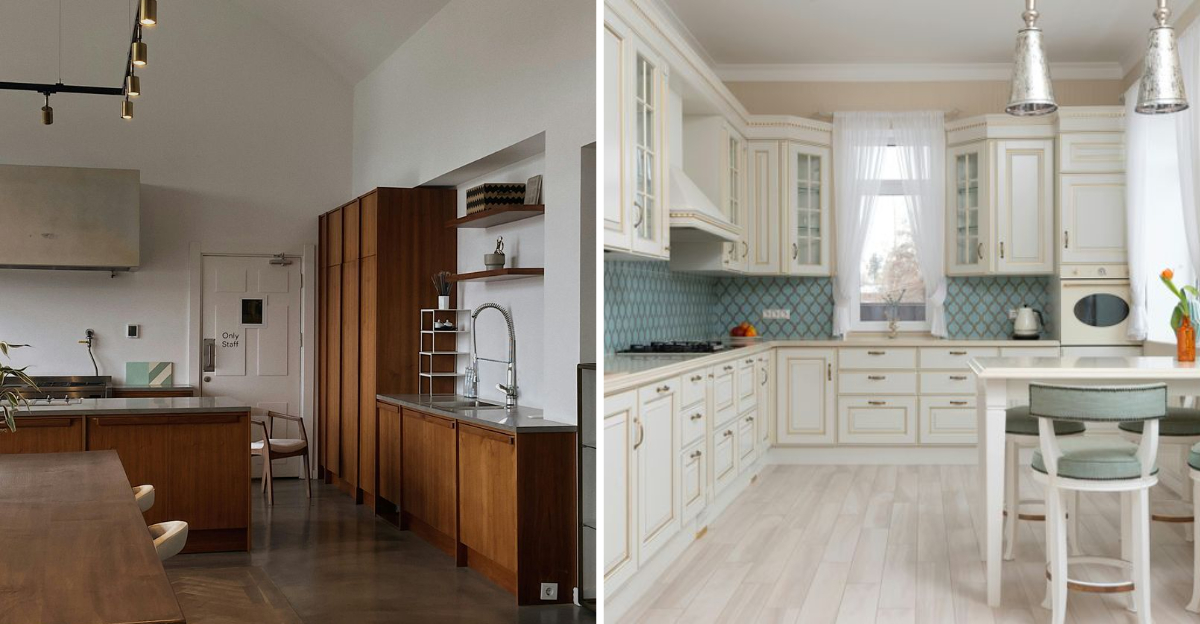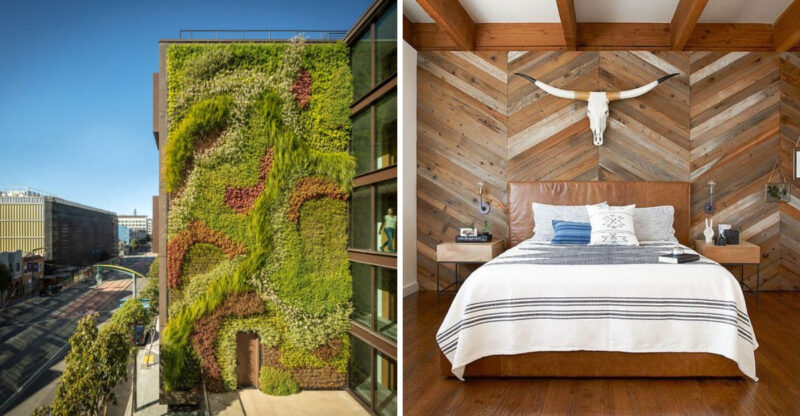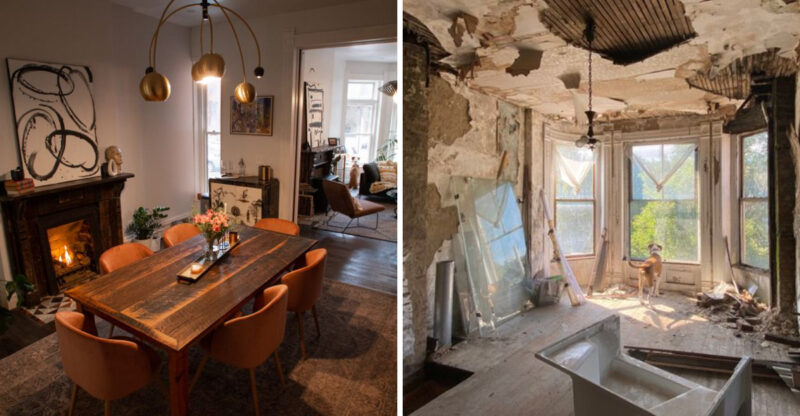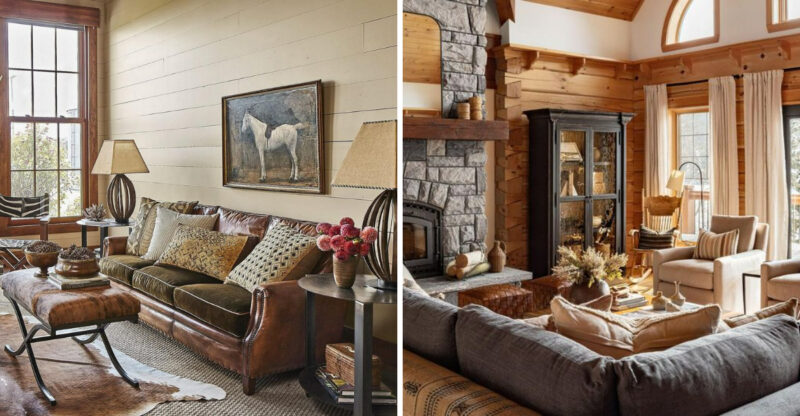9 Kitchen Decorating Mistakes That Could Ruin Your Space

Your kitchen isn’t just a place to cook it’s the heart of your home where memories are made and conversations flow.
But even with the best intentions, some decorating choices can turn your culinary haven into a design disaster. I’ve seen how simple mistakes can make kitchens feel cramped, outdated, or just plain uncomfortable. Let’s explore nine common kitchen decorating blunders that might be sabotaging your space, and how to fix them.
Keep in mind, every kitchen is unique, and what feels like a blunder in one space might work perfectly well in another depending on layout, size, and personal style.
1. Overcrowded Countertops
Cluttered counters make even the largest kitchens feel tiny and chaotic. When every inch is covered with appliances, decorative items, and random stuff, you’re left with no actual space to work.
I’ve found that keeping only your three most-used appliances visible creates a more peaceful cooking environment. Everything else can find a home in cabinets or a pantry until needed. This simple change instantly makes your kitchen feel twice as large!
Consider adding a small appliance garage or dedicated storage zone if you’re tight on cabinet space. The goal isn’t minimalism it’s creating functional breathing room where you can actually prepare meals without playing Tetris with your toaster and coffee maker.
2. Mismatched Cabinet Styles
When cabinet styles clash, your kitchen feels like it has multiple personality disorder. Mixing traditional oak cabinets with ultra-modern hardware or pairing sleek minimalist uppers with ornate lowers creates visual confusion that’s hard to ignore.
If you’re doing a partial renovation, think carefully about how new elements will interact with existing features. Even small details like inconsistent handle styles can throw off your kitchen’s entire vibe. The human eye craves some level of cohesion.
Hardware swaps offer an easy fix for minor mismatches. For bigger issues, consider painting all cabinets a unified color or adding elements that bridge different styles. A thoughtful transition plan helps blend old and new into a harmonious kitchen that makes sense.
3. Ignoring Lighting Needs
Dim, poorly planned lighting transforms cooking from a joy to a frustrating squint-fest. Many homeowners install a single overhead fixture and call it done, creating harsh shadows exactly where you’re trying to chop vegetables.
Your kitchen needs three types of lighting: ambient (general illumination), task (focused light for work areas), and accent (highlighting design features). Under-cabinet lighting isn’t just fancy it’s practically essential for safely preparing food on countertops.
Are you cooking in your own shadow? That’s a sign your lighting plan needs work. Adding strategic fixtures transforms not just visibility but mood. Dimmers add versatility, letting you adjust from bright meal prep to intimate dining with a simple slide. Good lighting is the unsung hero of functional kitchen design.
4. Clashing Color Schemes
Wild color combinations can make your kitchen feel like a funhouse rather than a welcoming space. I’ve witnessed kitchens with purple cabinets, orange countertops, and blue backsplashes that physically hurt to look at for more than a few minutes.
Though neutral kitchens dominate design magazines, vibrant colors can absolutely work when they share undertones or complement each other on the color wheel. The key is restraint pick one statement element and let supporting features play backup.
When choosing colors, consider the psychology of each hue. Reds stimulate appetite but can feel overwhelming in large doses. Blues feel clean but can dampen hunger. Greens strike a natural balance. Test colors in your actual kitchen lighting before committing what looks perfect in the store often transforms under your home’s unique light.
5. Poor Traffic Flow
If you’re constantly bumping into family members or performing awkward sidesteps around your island, your kitchen has a traffic flow problem. The working triangle (refrigerator, sink, stove) should form an efficient pathway without obstacles or bottlenecks.
Islands can be showstoppers or showstoppers literally stopping your show if they’re too large for the space. I’ve seen kitchens where opening the dishwasher blocks the entire walkway or refrigerator doors that can’t fully open because of adjacent walls.
Did you know professional kitchen designers recommend a minimum of 42 inches for main walkways and 36 inches for work aisles? Anything less creates frustration during everyday use. Before installing permanent features, tape out their footprint on your floor and live with it for a week. This simple step prevents expensive traffic jam mistakes.
6. Neglecting Storage Solutions
Where do you put your pasta maker, air fryer, and that massive turkey platter used once a year? Without thoughtful storage planning, these items end up cluttering counters or stuffed haphazardly into cabinets, creating daily frustration.
Smart storage isn’t just about quantity it’s about customization. Pull-out spice racks, vertical dividers for baking sheets, and corner cabinet solutions like lazy Susans transform chaotic cupboards into organized havens. Even small kitchens can feel spacious with the right storage strategy.
It’s worth investing in custom inserts for your specific needs rather than accepting standard cabinet interiors. Consider how you actually cook and what tools you regularly use. Hidden storage in toe kicks, ceiling-height cabinets, and utilizing the inside of cabinet doors can add surprising amounts of functional space without expanding your kitchen’s footprint.
7. Outdated Appliances
That harvest gold refrigerator might have vintage charm, but it’s likely an energy vampire draining your wallet every month. Outdated appliances don’t just look tired they perform poorly compared to modern counterparts.
Energy efficiency has improved dramatically in recent years. New refrigerators use 40-60% less electricity than models from the 1990s! Beyond the environmental benefits, today’s appliances offer features that genuinely improve your cooking experience, from precision temperature control to smart technology.
If a full suite replacement isn’t in your budget, prioritize updating the most visible or problematic appliance first. Even a single modern piece can elevate your kitchen’s look and function. When shopping, look beyond flashy features to reliability ratings and real-world reviews. The best appliance investments combine timeless design with proven performance that will serve you well for years.
8. Wrong Flooring Choice
That gorgeous white marble floor might look stunning in design magazines, but in real life? It’s a maintenance nightmare that shows every spill and scratch. Flooring mistakes in kitchens aren’t just aesthetic they can create genuine safety hazards and daily frustration.
Kitchens demand flooring that can handle moisture, heat, dropped utensils, and constant foot traffic. High-gloss tiles become slippery death traps when wet. Ultra-soft woods dent under heavy refrigerators. Some materials absorb cooking odors that never quite go away.
How do you choose wisely? Look for water-resistant options with some give underfoot to prevent fatigue during long cooking sessions. Luxury vinyl plank, porcelain tile, and engineered hardwood offer beautiful, practical solutions for most kitchens. Remember that whatever you select will influence everything from your comfort to your cleaning routine for years to come.
9. Overdecorating Walls
When every inch of kitchen wall space is covered with decorative plates, inspirational quotes, and random artwork, the result isn’t cozy it’s chaotic. Kitchens naturally accumulate visual elements through appliances, cookware, and food items. Adding excessive wall décor tips the balance into overwhelming territory.
Steam, grease, and food splatters make kitchens challenging environments for precious artwork or paper-based items. What starts as charming can quickly become grimy and damaged. I’ve seen beautiful silk tapestries ruined by proximity to cooking areas.
Instead of cluttering walls, focus on a few strategic statement pieces that can withstand kitchen conditions. A single large artwork protected by glass or a tasteful backsplash with personality provides visual interest without the busy feeling. Remember that negative space isn’t empty it’s breathing room that allows your eye to appreciate the decorative elements you do include.






